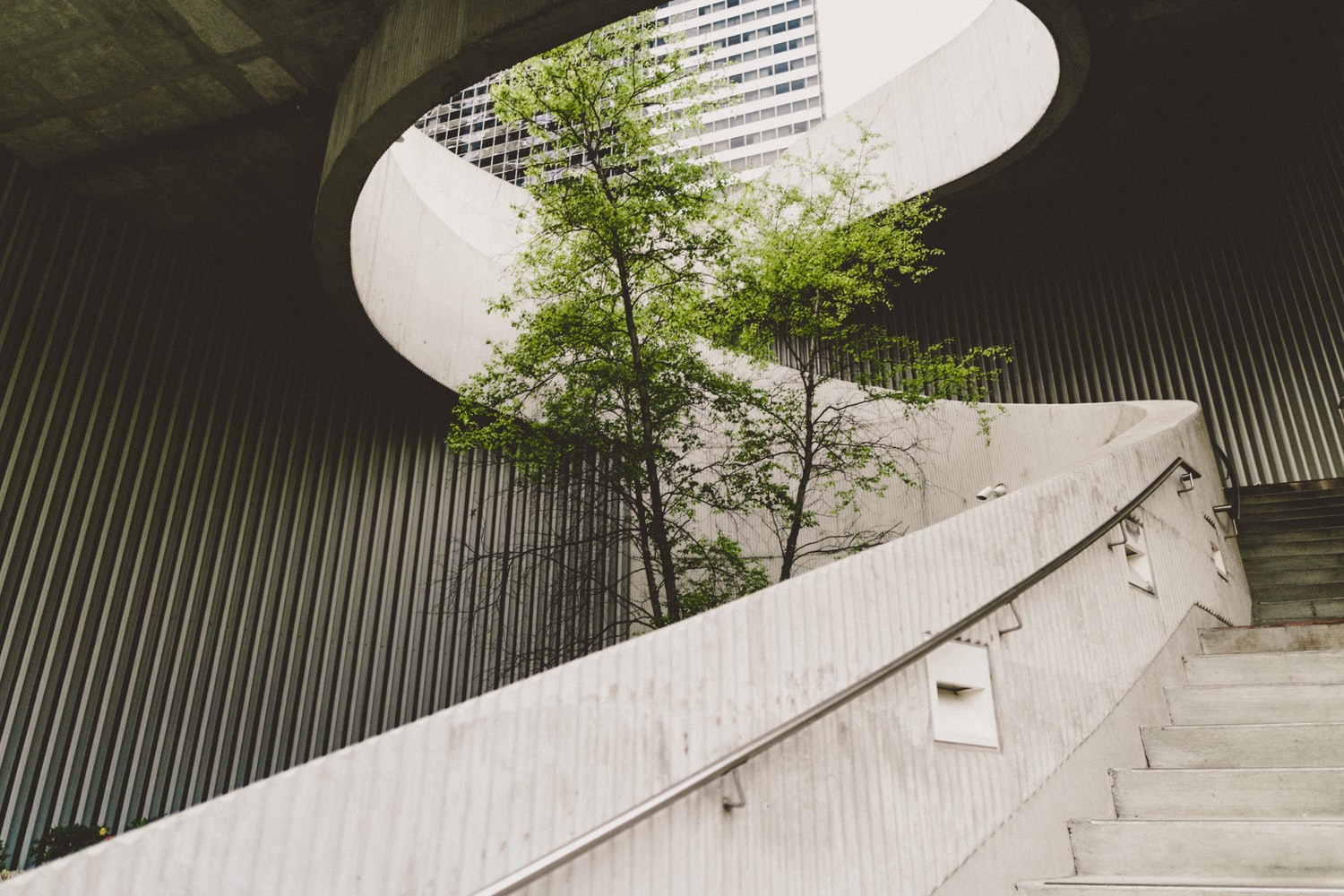The demand for sustainable housing has gone through the roof over the past couple of years as more homebuyers add energy-efficient features to their ideal property checklist. Eco-friendly property features have gained currency in real estate markets gradually over the last decade, with energy, water and recycling features top-of-mind for many buyers.
Several recent studies have tracked the shift in buyer thinking towards an environmentally conscious mindset. CSIRO research, conducted by the CRC for Low Carbon Living, shows two-thirds of homebuyers prefer energy-efficient homes when given a choice.

The CSIRO research report, titled ‘Growing the Market for Sustainable Homes’ identifies a disconnect between consumer demand for sustainability and what the housing, construction and property industries have been supplying up to now.
“Australians talk about finding a home that is comfortable, is a healthy place for their family and is affordable – all things that a sustainable home can deliver. Meeting these aspirations can lead to demonstrated increases in property value. Research has confirmed, for example, that homes with solar panels and high environmental ratings now attract a price premium,” says the report, which examines both new housing and renovated properties.
“Despite the benefits of sustainable homes, consumers are confused by the terminology and by the lack of useful information… The disparity between consumer aspirations and product availability indicates a clear market failure, resulting in higher energy bills, poorer health outcomes and reduced quality of life.”
Significantly, Millennials and Gen X – two key homebuyer age groups – consistently rate the environment and climate change as the two issues they worry most about. These concerns are finding their way into the kinds of features people look for in a home, with energy-efficiency and lowered carbon footprint rating highly among prospective buyers. High energy costs are another crucial factor driving the demand for energy-efficient homes.

Prospective buyers are beginning to expect specific energy, water and recycling features as standard. Vendors need to ensure sustainability improvements have been made to their property to meet such expectations. Such features include:
- Modern, well-maintained, low-energy aircon and heating units
- Low-energy lighting
- Insulation and draught sealing
- Double-glazed windows
- Smart home technology adaptability and connectivity
- Solar panels and renewable battery storage options
- Dual flush toilets
- Rainwater tank
- Greywater system
- Provision for vegetable garden beds and composting
Though some of these improvements can involve a substantial financial outlay for vendors, the demand for sustainable homes is beginning to tilt in favour of properties which include these features. Increasingly, many buyers are focusing exclusively on properties that include such features.
Anecdotally, the greatest demand for sustainable properties has come from younger, affluent, eco-friendly buyers looking for homes in the inner western and northern suburbs of Melbourne, ranging from Williamstown across to Northcote.
At Compton Green, we’ve made it our business to be ‘the green real estate agents’. Our ‘Goes Green’ initiative sets out our commitment to connecting green buyers with sustainable homes, and in the process, playing our part in helping our environment.
Our experience is that, as the CSIRO report notes, the market for sustainable homes is continuing to grow strongly. What once was considered a niche concern is now well and truly mainstream. Improving your property’s energy efficiency is an excellent way to raise the value of your property and attract environmentally-aware homebuyers.
